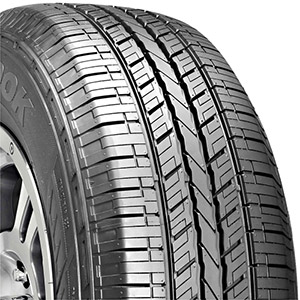exterior door bottom seal replacement
Replacing the Exterior Door Bottom Seal A Step-by-Step Guide
If you're experiencing drafts, water leaks, or increased energy bills in your home, it may be time to consider replacing the bottom seal on your exterior door. The bottom seal, also known as a door sweep, plays a crucial role in insulating your home and keeping out unwanted elements. This article will guide you through the process of replacing your door bottom seal, ensuring your home remains comfortable and secure.
Signs You Need to Replace Your Door Bottom Seal
Before you dive into the replacement process, it's important to ascertain whether your door bottom seal is indeed the source of your problems. Here are some common signs that it might be time for a replacement
1. Drafts If you feel cold air coming in under your door, your seal may be worn or damaged. 2. Water Leakage During heavy rain, check for water pooling by the door. A compromised seal can allow moisture to seep indoors. 3. Insect Entry If you find insects frequently entering your home through the cracks, it may indicate that your seal is deteriorating. 4. Visible Damage Look for cracks, tears, or warping in the seal material.
Tools and Materials Needed
Before starting the replacement process, gather the following tools and materials
- New door bottom seal (make sure it fits your door size) - Measuring tape - Utility knife or scissors - Screwdriver (if needed) - Cleaning supplies (soap and water, cloth)
Step-by-Step Replacement Process
1. Measure the Door
Begin by measuring the width of your door. This will determine the length of the bottom seal you need. Use a measuring tape for accuracy. If your door is not a standard size, you may need to have a custom seal cut to fit.
2. Remove the Old Seal
exterior door bottom seal replacement

Next, you'll need to strip away the old bottom seal. This can usually be done by gently pulling it away from the door. If it’s nailed or screwed in place, use a utility knife to cut any adhesive and a screwdriver to remove any screws. Make sure to clean the area thoroughly to remove any debris or old adhesive that could interfere with the new seal.
3. Prepare the New Seal
Take your new door bottom seal and, if necessary, cut it to match the width of your door. Follow any specific instructions provided with the new seal for optimal fitting. There are several types of seals available, including adhesive-backed, screw-in, and more, so ensure that your new seal is compatible with your door type.
4. Install the New Seal
Installation methods will vary depending on the type of seal you’ve purchased
- Adhesive Seal Simply peel off the backing and press the seal firmly into place along the bottom of the door. Ensure it’s evenly placed. - Screw-in Seal Align the seal as per the manufacturer's instructions, ensuring it remains flush with the floor or threshold. Secure it with screws as needed.
5. Test the Seal
Once installed, close the door and check for any gaps. You shouldn't feel any drafts, and the seal should make firm contact with the floor or threshold. This will ensure maximum insulation and protection against the elements.
6. Maintain Your Seal
To prolong the life of your new door bottom seal, periodically check for wear and tear. Keeping the area clean and free of debris will also help maintain its effectiveness.
Conclusion
Replacing the bottom seal of your exterior door is a manageable task that can significantly enhance your home's comfort and energy efficiency. By following these steps, you will not only improve insulation but also protect against unwanted moisture and pests. Regular maintenance of your door seals will help ensure a cozy and secure home environment for years to come.
-
Under Door Draught Stopper: Essential ProtectionNewsJul.31,2025
-
Garage Door Seal and Weatherstrips for ProtectionNewsJul.31,2025
-
Edge Banding Tape for Perfect EdgesNewsJul.31,2025
-
Table Corner Guards and Wall Corner ProtectorsNewsJul.31,2025
-
Stair Nose Edging Trim and Tile Stair SolutionsNewsJul.31,2025
-
Truck Bed Rubber Mats for Pickup BedsNewsJul.31,2025
-
Window Weather Stripping for Noise ReductionNewsJul.29,2025